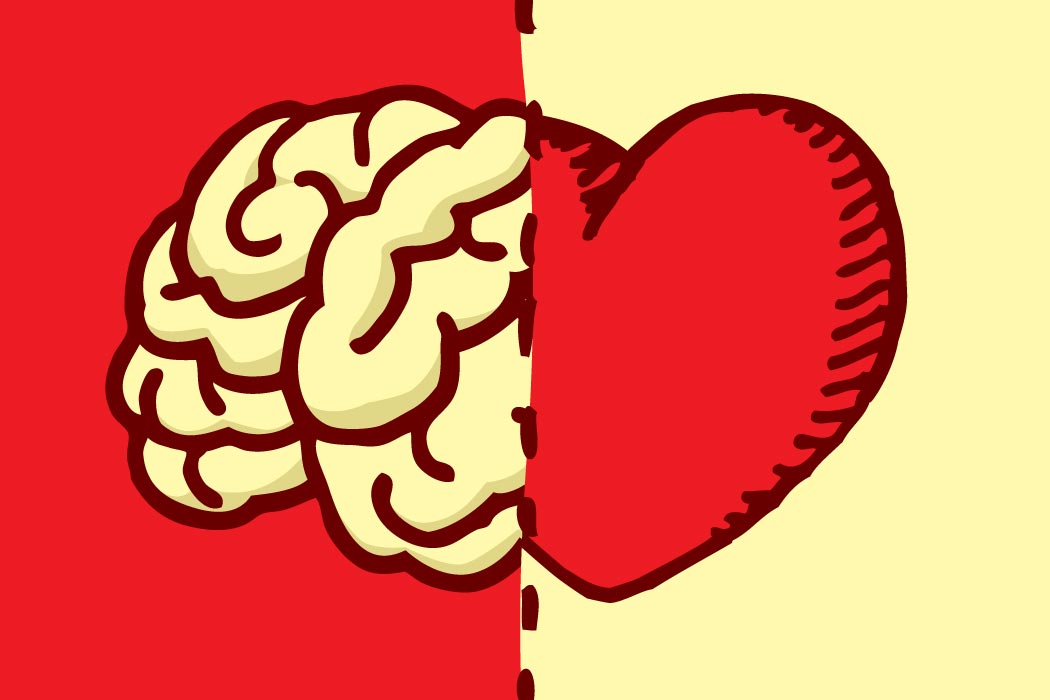Studying patients with neurological disorders can help broaden what neuroscientists and psychologists know about brain structure and function. For instance, much of what we know about memory formation comes from studying the brain of Henry Gustav Molaison—better known as “H.M.”—arguably the most famous patient in the history of neuroscience and psychology. When he was seven, Molaison suffered from a bicycle accident that left him with an intractable form of epilepsy. Molaison’s seizures escalated through the years, and by twenty-seven, he was unable to work. In 1953, Molaison went to see the neurosurgeon William Scoville, who removed Molaison’s hippocampus and amygdala, which were thought to be involved in his epilepsy. The surgery reduced Molaison’s seizures, but there was just one problem: Molaison’s memory. After his operation, he couldn’t recognize the hospital staff or find his way to the bathroom. In the 1950s, no one knew that the hippocampus was critical for the formation of memories. After his surgery, more than a hundred researchers studied H.M. in order to gain more insights into the neurological underpinnings of memory.
Our brain unquestionably holds many mysteries within its folds and creases, the neurons and the spaces in between. One region that has been ignored until about two decades ago is the anterior insula, a prune-sized area tucked away at the base of our brain between our eyes and ears. Scientists think that this region could be “crucial to understanding what it means to be human.” It’s now thought to be involved in a host of conditions and processes ranging from stomach distention to orgasm, consciousness, cigarette craving, and decision making. Using fMRI imaging, Stephanie Cacioppo, a psychologist at the University of Chicago, found that the anterior insula could be associated with love. However, one must take caution when interpreting fMRI studies, since correlation does not necessarily imply causation.
Similar to how researchers studied H.M., Cacioppo and her colleagues tried to confirm the correlation by studying a 48-year-old straight Argentinian patient with damage to his anterior insula. If he couldn’t feel love, then it could be fair to say that the damage was to blame. But if his ability to feel love was unaffected, the difference could be considered negligent. He was matched with a control group of seven other heterosexual Argentinian men of approximately the same age with no damage to the region. All eight men were shown forty pictures of attractive, young women and were asked if they felt love or desire towards each one. Love was defined as an “intentional state for intense [and long-term] longing for union with another,” while desire was characterized by an intentional state for a short-term, pleasurable goal.
Weekly Newsletter
The authors observed that the patient with the damaged anterior insula showed a slightly slower response in expressing love—but not in sexual desire—towards the women. Therefore the study, according to the authors, “makes it possible to disentangle love from other biological drives.” But I’m highly skeptical of this claim: the patient really only took an additional 259 milliseconds—compared to the control group—to determine if he felt feelings of love towards the women he saw. And when you account for the high standard deviation (399 ms) in the time of his response, the difference with the control group is completely negligible. Even though studying neurological patients can provide some clues as to the functions of brain structures, the jury might still be out if there is a part of the brain that can correlate with feelings of love.







